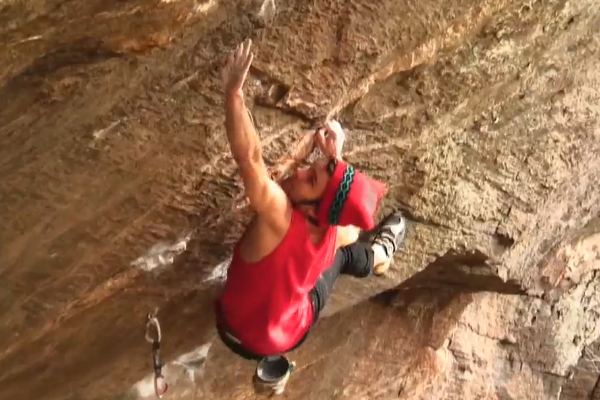
FOR THOSE OF YOU WHO haven’t heard the story, on October 18th, Zolotukhin suffered an accident while attempting a ropeless ascent of Supernova, a 5.14b route at Rumney’s Starship Wall in New Hampshire. Taylor de Lench, a filmmaker and friend of Zolotukhin, was on site to film the climb for his upcoming film SICK: Climbing in New England.
